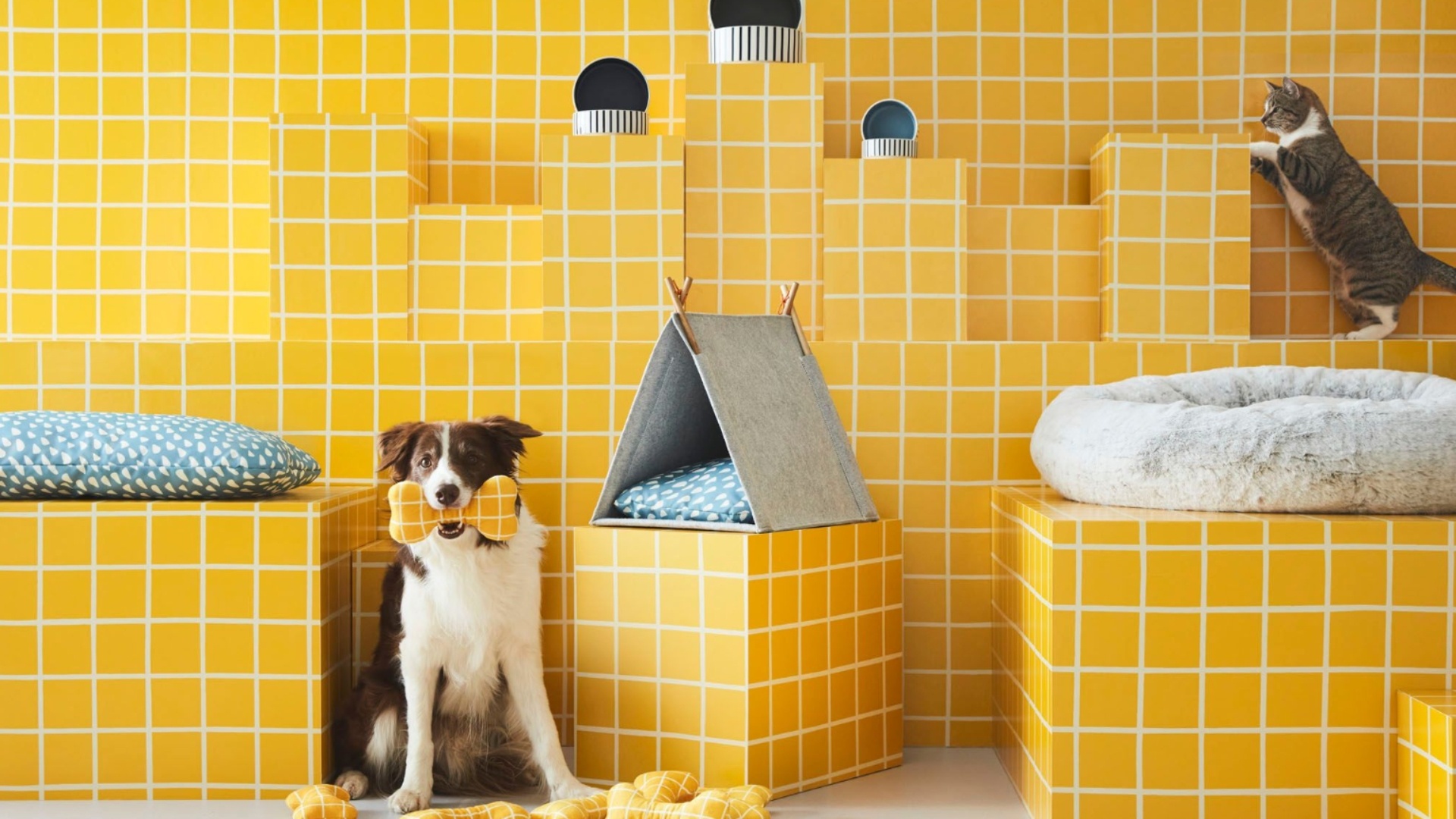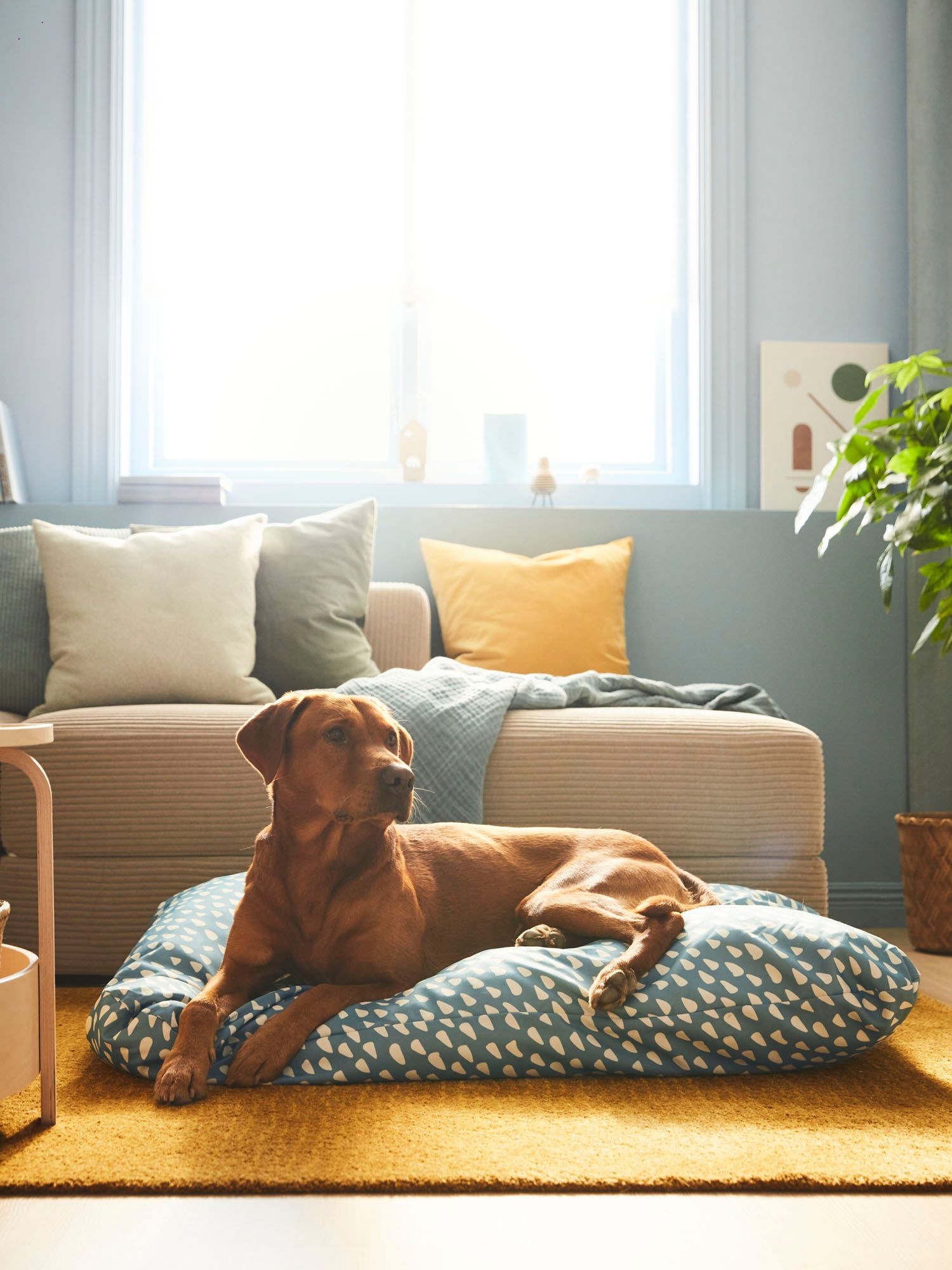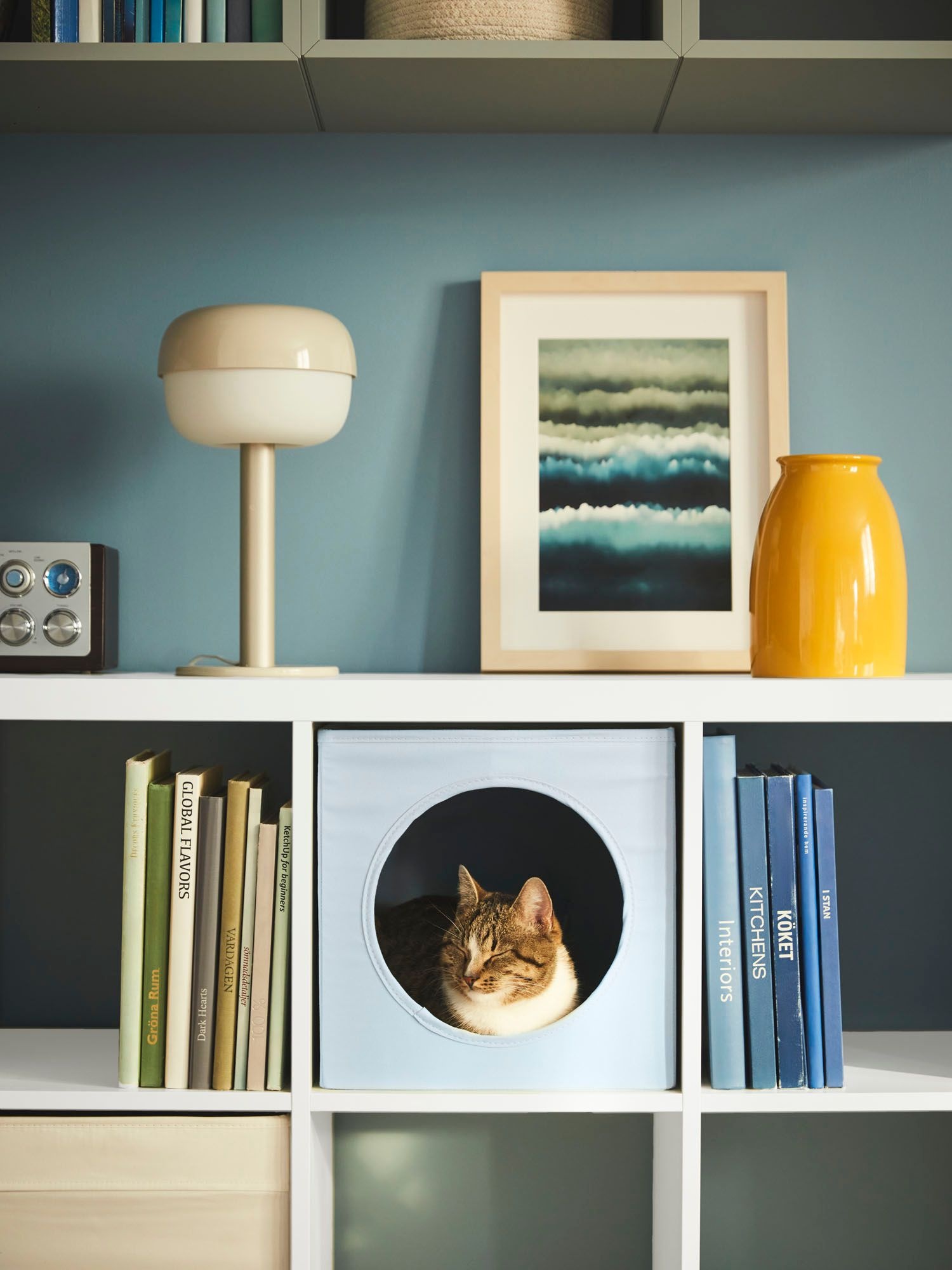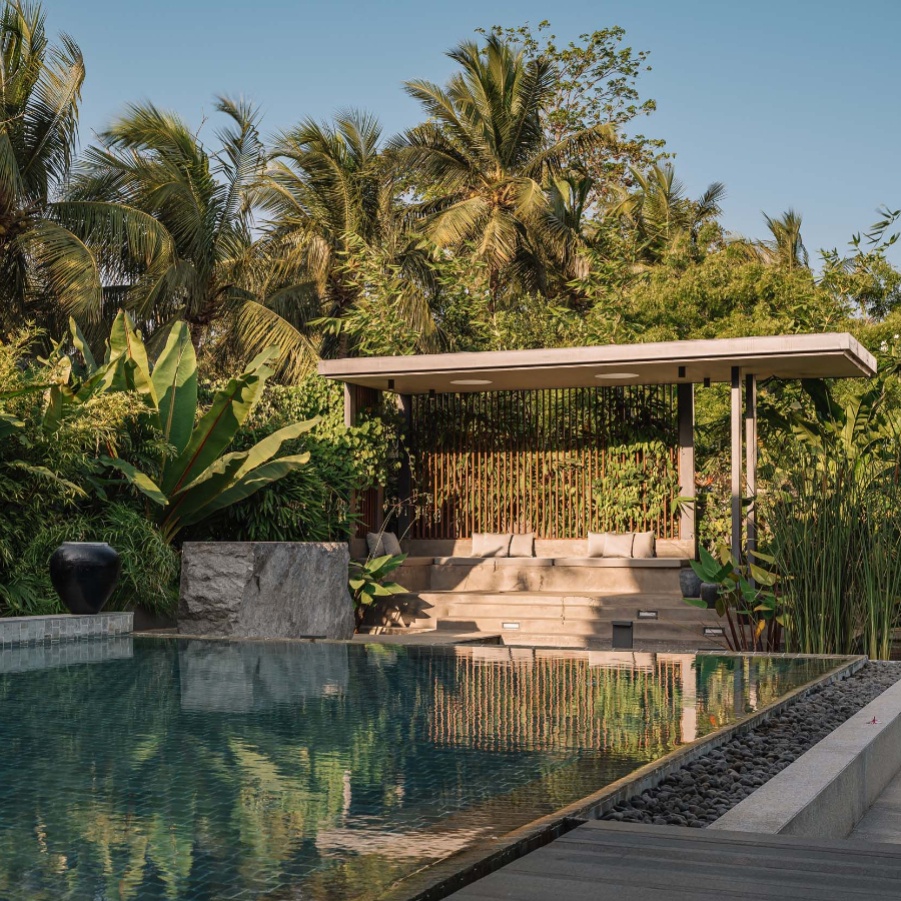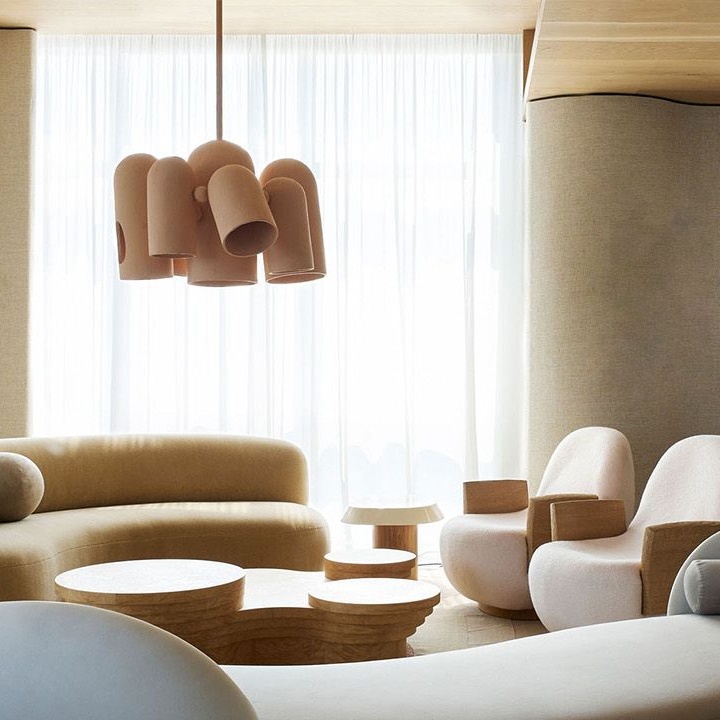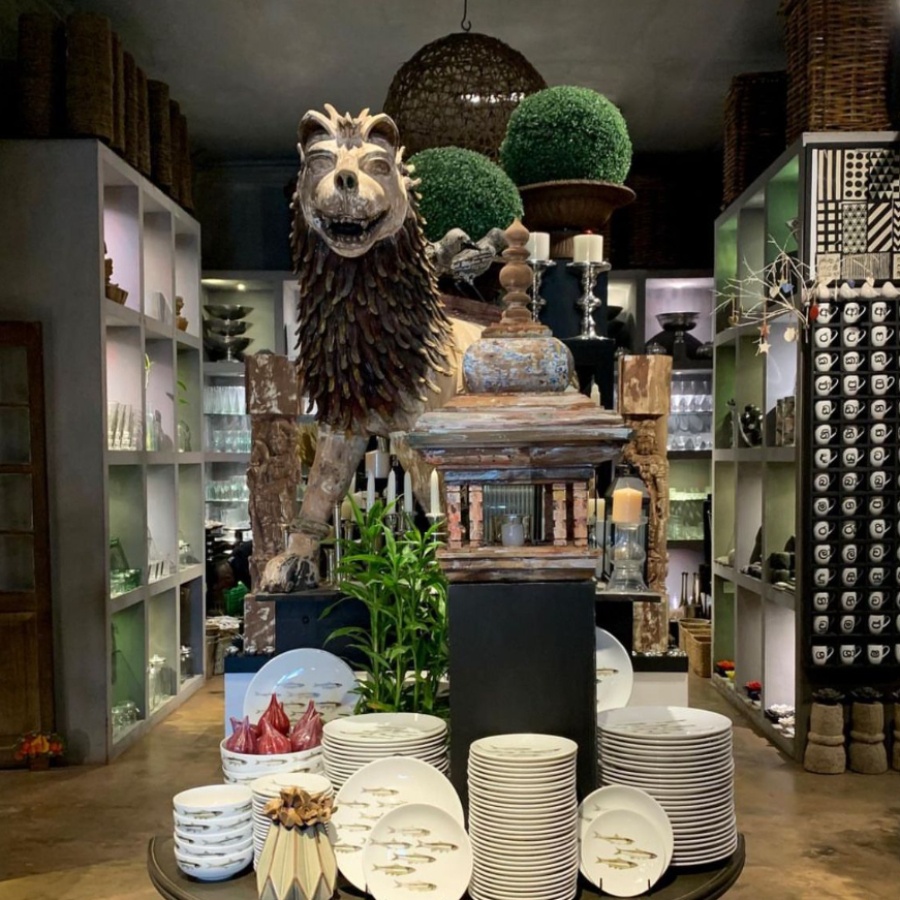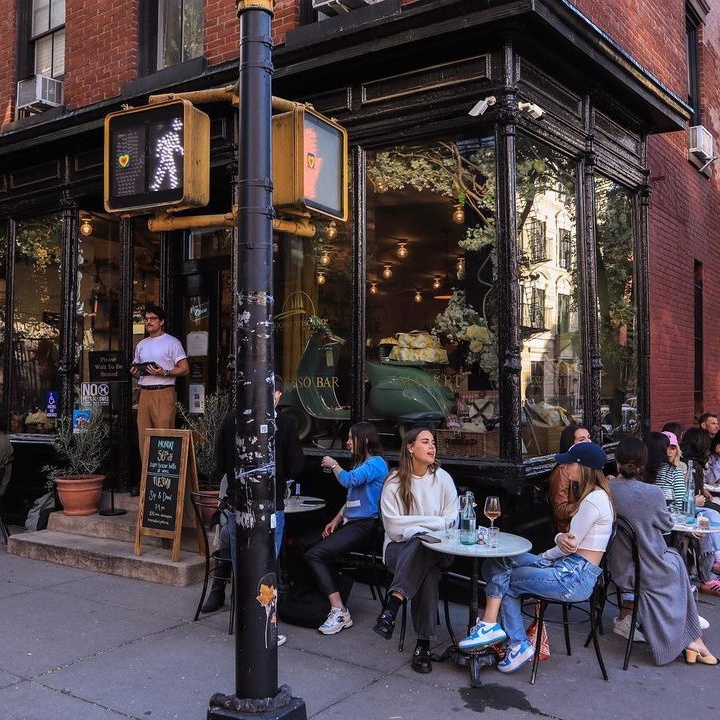“We really wanted to acknowledge that pets are part of the family,” says IKEA product design developer Julia Rosenberg, “Their furniture doesn’t need to be something separate—it should really embrace the fact that pets are part of the home context.” While some mandates for the collection were intended for the pet parent (the ceramic bowl is heavy so it can’t be easily pushed around; the cat house can blend easily into a bookshelf), others were designed to let the animals act on their natural instincts. IKEA consulted veterinarians and tested the products on “a panel of pets” to ensure that the patterns, materials, and shapes they were employing were as “fun and functional” for cats and dogs as they were for humans. “When we did the pet bowls, for example, we had actually put the pattern on the inside of the bowls, but then we got the input that that can be very confusing, especially for dogs,” Rosenberg explains. “We wanted to make the collection calming and as comfortable as possible, not just for the humans, but also for the pets themselves.”
All in all, pet parenthood is shaping up to be serious business. In India, the industry is speculated to be worth a staggering US$3 billion by 2025—but that’s just the numbers. Even anecdotally, the evidence is all around you: whichever city in India you’re in, there’s probably a Heads Up for Tails within walking distance of your home, your neighbourhood café is pet-friendly now, and someone’s marketing their pet grooming/sitting/walking services on your building WhatsApp group as you read this. At Mumbai’s Carter Road, you’re likely to see a Labrador in a doggy raincoat and matching booties, a cocker spaniel with what looks like a salon-grade blowout, or a golden retriever wearing a collar that could easily have been on display at Tiffany’s. So it was a matter of time before pet furniture went the luxe route as well, with aesthetically pleasing brands like House of Meows and PoochMate offering more contemporary, pared-back renditions of classic pet furniture.
As part of their Life at Home report for 2023, IKEA found that 32 per cent of Indian pet parents say their pets “rule their home” and it goes without saying that they would, eventually, make an impact on interior design at large. Interior designer Sarah Sham, who has designed several multi-species homes (and is a pet parent herself) insists that furniture is just the tip of the design iceberg. “Each pet is very different,” she says, “Small, big, hairy, not hairy—the way there are different family members with different preferences, we really look at each pet in much the same way.” In this sense, Sham allows the pet to “have a say” in her broader interior design concept. If a dog has dark fur, for instance, Sham will upholster furniture in darker fabrics that can mask any shedding. Homes with particularly curious cats will have cat flaps in every door. And sometimes, she feels, the most pet-friendly design intervention is no intervention at all: “We have literally ensured that some spaces, like large passage areas, have no furniture, so that the dog can just run up and down, to get all of that extra energy out,” she explains.
What she is essentially saying is that it goes without saying that we want what’s best for our pets. Vazirani tells me about a Shih Tzu who has made his claim on the lower level of a marble drinks trolley—something that most definitely wasn’t designed for him. “That space is always left empty for him to sit on,” Vazirani shares. “You recognise that’s his spot, and you know you’re going to keep that space empty for him. You adapt, and, depending on the availability of space, you can really have a lot of fun with it.”
IKEA's latest pet line starts at Rs 299 and is available here
